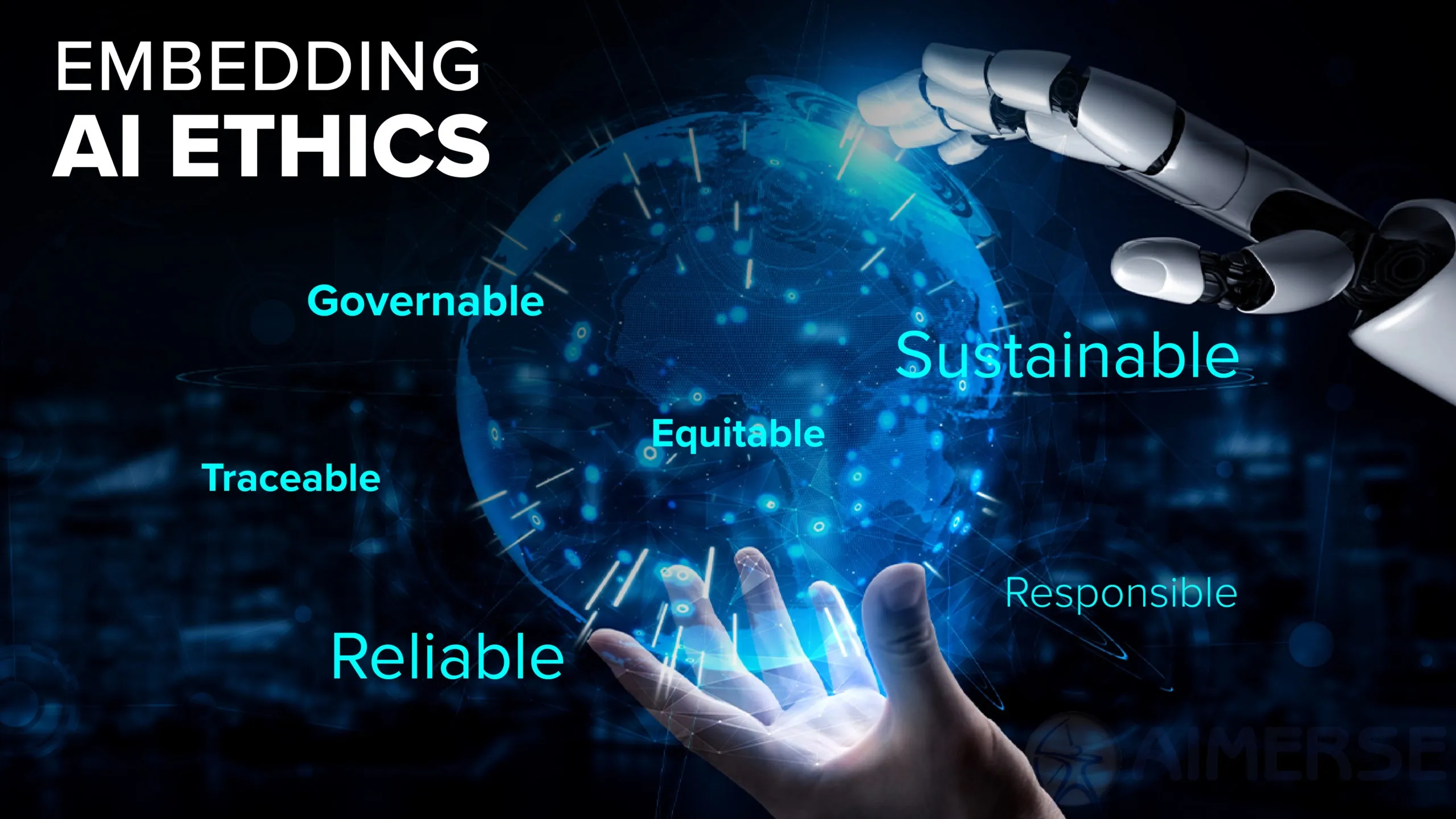Voice-Activated Interfaces: Integrating Voice Recognition in Apps.
Voice-activated interfaces have played a revolutionary part in web and mobile applications in the fast-changing space of technology. It thus made the interface very accessible, improved user engagement, and increased the level of experience the user will eventually get.
How Voice-Activated Interfaces Work End
Voice user interfaces allow the user to interface with systems using voice commands. This leads to a free-hand and intuitive experience for the user. It has gained a lot of popularity with virtual assistants that are Amazon's Alexa, Google Assistant, and Apple's Siri, and has raised the bar in terms of user interaction.
Benefits of Voice Recognition Integration
- Improved Accessibility: Voice recognition technology lets the disabled easily interact with software applications.
- Enhanced User Experience: Voice controls in mobile apps make the application user experience from hands-free interaction to accessibility by disabled persons with potential AI-driven personalization.
- More Flexible: Voice UI can offer more ways of expressing the same message and thus become more flexible.
Including Voice Recognition in Applications
There are several critical steps toward implementing voice recognition within an application
- Define Use Cases: Identify where voice interaction brings value to the system, be it hands-free navigation, search, or command execution.
- Choose Appropriate Technology: Select appropriate voice recognition APIs or services that meet the needs of your application and support multiple languages and dialects.
- Design a Conversational Interface: Develop a user-friendly voice interface that is sensitive to natural language and provides an obvious indication to the user.
- Ensure Privacy and Security: Protect user data, including voice inputs, through safe transmission and storage; additionally, collect data after obtaining the consent of users.
Voice-Activated Interface Best Practices
- Keep Voice Commands Simple: Prepare voice commands that are easy to remember and follow, thereby reducing the anger of users.
- Provide Visual Feedback: Carry on voice interaction and confirm the actions; it follows using visual cues.
- Handle Errors Gracefully: Design robust error-handling mechanisms that handle misinterpretations and get the user back on track.
- Test Across Diverse Environments: Ensure that the voice interface performs well under different noise conditions and with various accents and speech patterns.
Conclusion
The web and mobile applications of voice recognition have a lot of advantages in terms of accessibility, engagement, and flexibility. Businesses can make their applications more intuitive and inclusive in design by thoughtful implementation of voice-activated interfaces.
At Aimerse Technologies, we specialize in bespoke software applications of different technologies that we are working on with React.js, Node.js, Python Django, Laravel, Java Spring Boot, and more importantly, advanced voice recognition features that our applications can end up being used and innovative at the same time.











